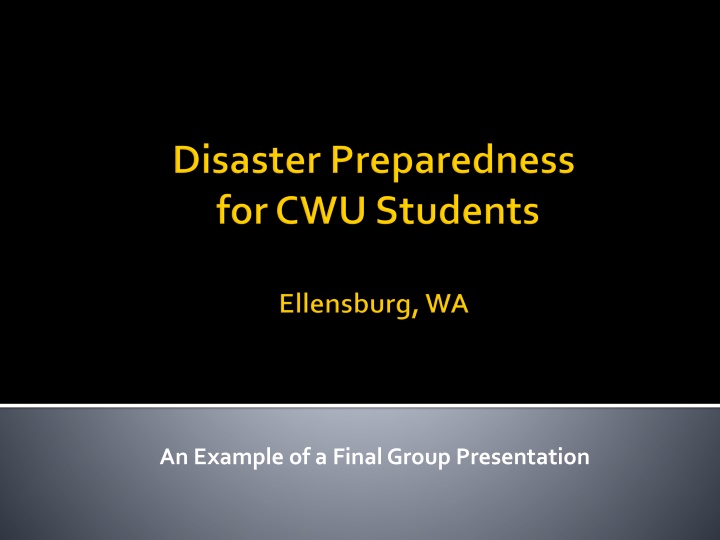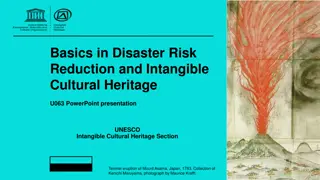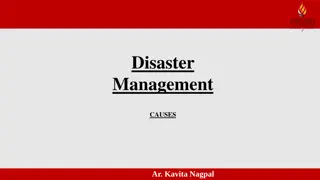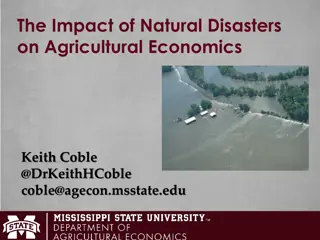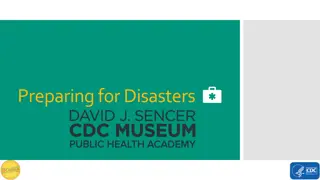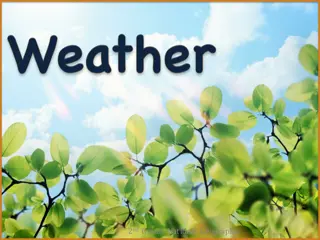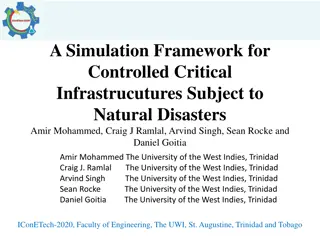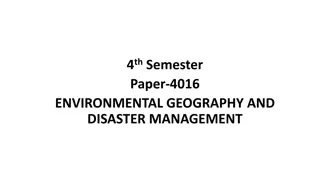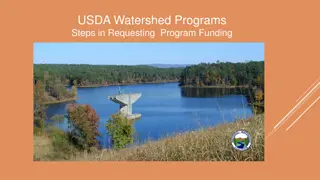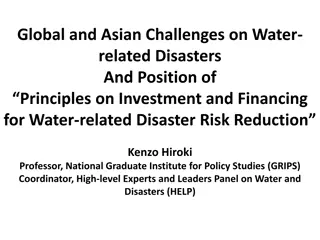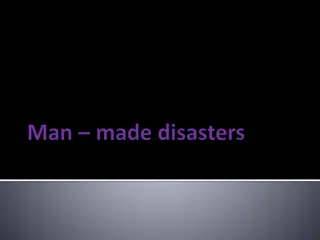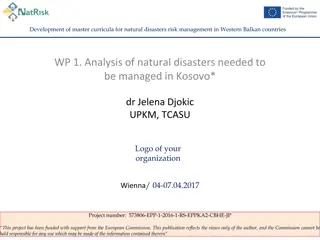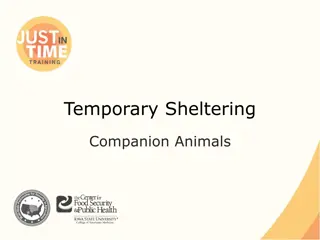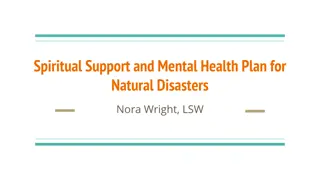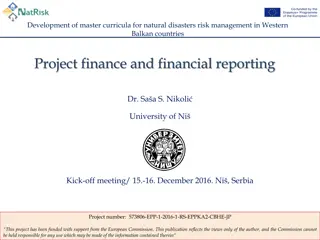Preparing for Natural Disasters: A Comprehensive Approach
Explore the impact of hazards like earthquakes, fires, and floods on communities in Puget Sound. Learn how residents' long-term presence in an area influences their preparedness. Discover strategies such as safety kits, community seminars, and emergency plans to enhance resilience.
Download Presentation

Please find below an Image/Link to download the presentation.
The content on the website is provided AS IS for your information and personal use only. It may not be sold, licensed, or shared on other websites without obtaining consent from the author.If you encounter any issues during the download, it is possible that the publisher has removed the file from their server.
You are allowed to download the files provided on this website for personal or commercial use, subject to the condition that they are used lawfully. All files are the property of their respective owners.
The content on the website is provided AS IS for your information and personal use only. It may not be sold, licensed, or shared on other websites without obtaining consent from the author.
E N D
Presentation Transcript
Earthquakes Puget Sound Fault Lines Fires Plains, dry climate, high winds Floods Located in a valley Spring snowmelt Severe Storms Coastal Region High sea winds
County Risk Map Local Risk Map
People who have lived in an area for 10+ years have a higher probability of having taken precautions against previously experienced hazards.
4.5 4 3.5 3 <1 year 2.5 1-4 years 10-14 years 2 15+ years 1.5 1 0.5 0 Power Water Transportation Stores Services
In general, people who have lived in an area for 10+ years will be slightly more prepared to deal with natural disasters than people who have lived there for less than 4 years. Increased knowledge of potential hazards Longer time to acquire specific survival skills/gear
Experiencing certain hazards (fire, earthquake, floods) increases people s perception of vulnerability to those hazards.
60 50 40 Earthquake 30 Fire Flooding 20 Volcano 10 0 Highly Likely Highly Unlikely Somewhat Likely Unlikely Don't Know
People who have experienced specific hazards (fire, earthquake, floods) have a higher likelihood to see their area as more vulnerable to those hazards.
Assemble a Safety/Survival Kit Attend Safety Seminar Keep Basic Provisions Bottled/Purified Water Non-perishable food Learn about local emergency plans Discuss personal emergency plan with neighbors
Fire Making tools : Matches, Lighters, Magnesium Flints. Carry more then one of each and various types. Tools: A Knife, Hatches and/or a cable saw. Duct Tape, Emergency Blankets. Pen/pencil and paper. Food: Non-perishable foods such as energy bars, trail mix and bullion cubes. Tea bags, coco mix, salt, pepper. Water: Means of carrying clean water and a way to purify found sources. Basic First Aid: Band-Aids, Disinfectant, Ace Wraps. Signal: Whistle, air horn or any other kind of loud or highly visible items. A basic kit can be put together for less than $75.
Is there a local disaster plan for a catastrophic event? How would people in permanent care facilities be handled in case of an evacuation/relocation (retirement homes, hospitals, etc)? Is there a survival/emergency preparedness instructor or seminar in Kittitas county? How resilient is the town s water supply/electrical grid to disasters, i.e. when should people begin to start seriously preparing?
Environmental Protection Agency www.epa.gov Kittitas County Hazard Mitigation Plan http://www.ci.ellensburg.wa.us/DocumentCenter/View/2459 Washington State Emergency Management http://www.emd.wa.gov/
